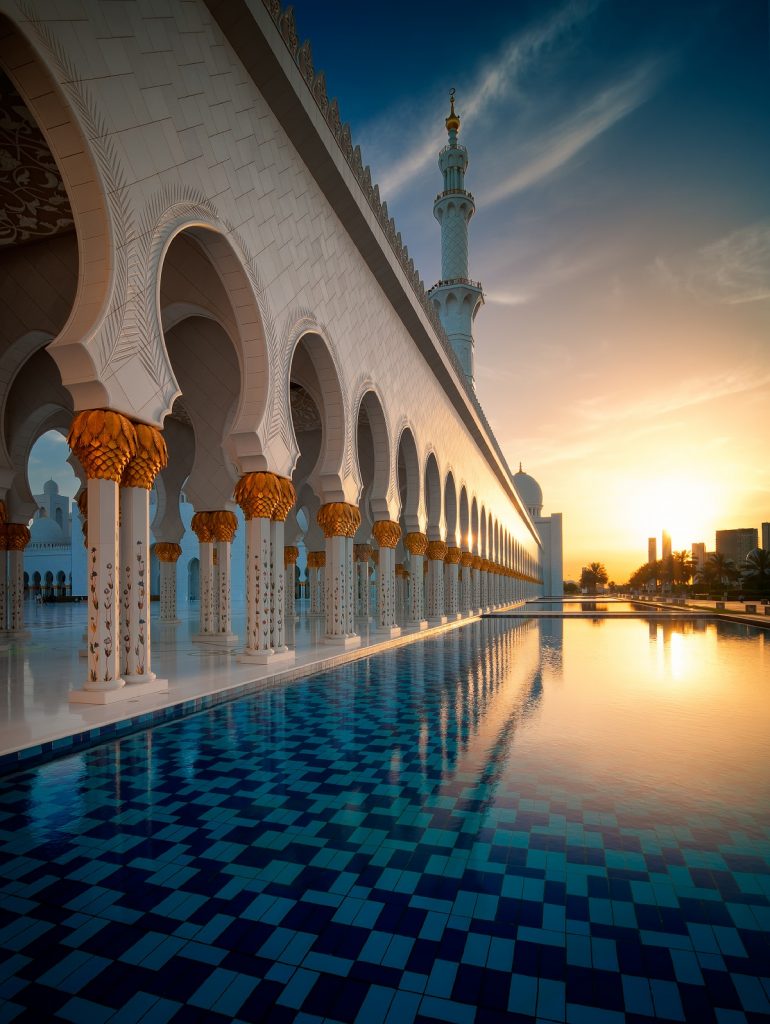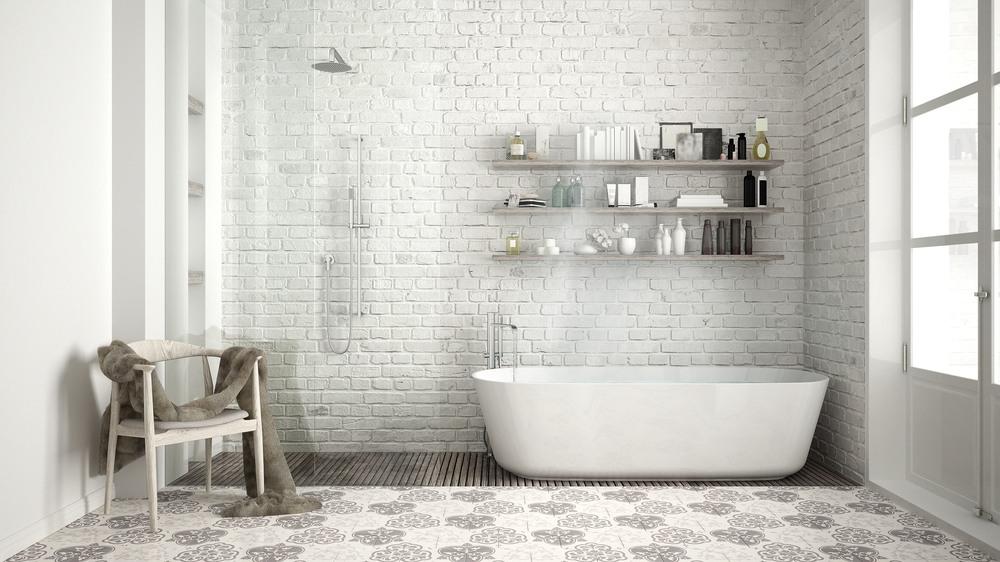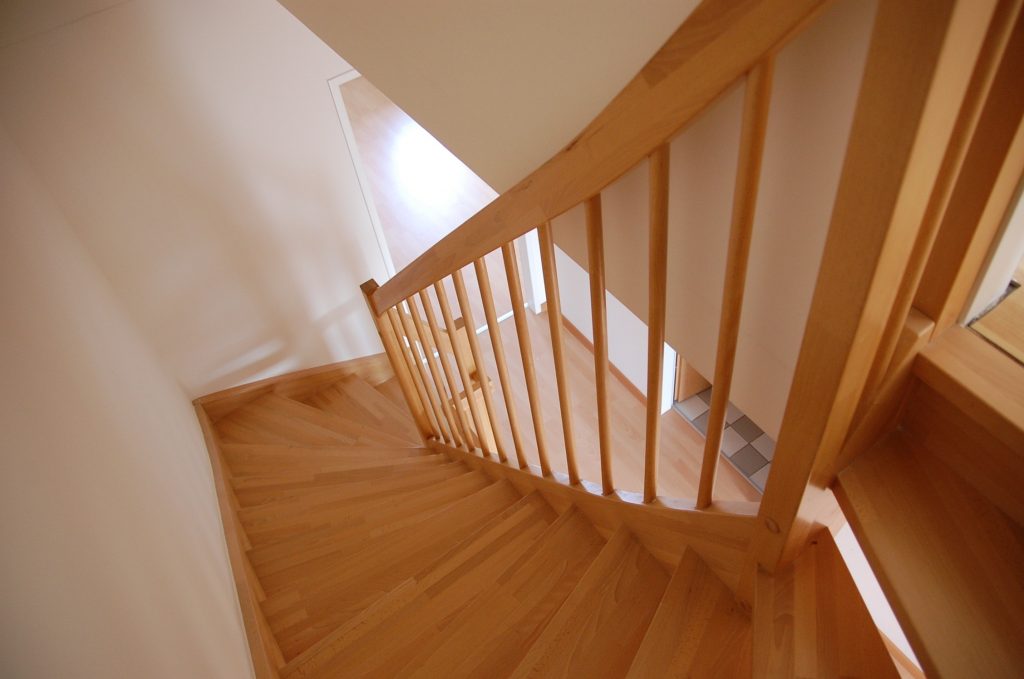Contemporary architecture is mostly about making new forms that are unrelated or uninfluenced by historical contexts. Some may perceive Islamic architecture as a somewhat dated practice. However, there are elements in Islamic architecture that can be used to improve contemporary architecture.
Authenticity
One of the main principles of Islamic architecture is authenticity. This authenticity is not necessarily about making something entirely new, but one that imitates the past and is still rooted in local traditions. This is evident in how Muslims adopted building practices from the places they inhabit while adapting them to fit into their religious identity. The Dome of the Rock, for example, has local colours and old Roman columns but still conforms to Islamic tradition. Contemporary architects can be inspired by this concept to find modern applications for traditional building techniques.
Using local
Contemporary buildings tend to stick out like a sore thumb from their surroundings. Meanwhile, Islamic architecture could alleviate this by promoting harmony between people, buildings, the environment and their Creator. Most mosques are made using local techniques and with locally-found materials, all while being mindful of the topography of their respective areas. For contemporary architects, this could mean using local resources for their projects instead of bringing in foreign materials that do not match the local environment.
Al-Jiwani
Islam promotes a complete way of life, so the architecture of Islamic homes are meant to provide everything, even outdoor experiences. This principle is known as “Al-Jiwani”, where all living facilities are provided within the home. Residents of these homes can luxuriate in open spaces, gardens, and even lush water sources like small fountains. When designing a home, contemporary architects can practice Al-Jiwani by incorporating both the indoor and outdoor needs of the family into their plans.
Climactic balance
Most Islamic countries have arid climates, and Muslim architects of old addressed this by designing their buildings to accommodate natural air conditioning. They built Malqaf (wind catchers) to take advantage of the wind outdoors to ventilate the indoors. However, this meant further insulation from dust, pollutants and heat. The architects then countered this by building thick walls made of natural insulators, like wood and clay. This concept or natural ventilation can be relevant in the current drive for sustainability, which contemporary architects might want to consider.
Combining the terrestrial with the heavenly

Despite having mostly uncomplicated and practical architectural layouts, Islamic architecture breathes a soul into this groundedness by applying divine geometry. The unending repetition characteristic of the complex patterns in Islamic art signifies the infinite nature of Allah, and how small each life is in the face of infinity. These geometrical patterns can be applied from the floor up to the ceiling, and anywhere in a home, even on tiles inside shower cubicles.
The decorations and ornaments in contemporary architecture are usually close to none in order to favor practicality. However, Islamic architecture may prove that practicality does not mean being devoid of adornment.
Not only in architecture, but anything contemporary does not need to reject any traditional influence. Most of the time, it should be about finding the balance between traditions and modernity to design spaces accessible to all.




